With less than eight years to reach the target year for the 17 Sustainable Development Goals, the second Global Disability Summit (GDS22) that starts today, is inviting all stakeholders to make commitments to increase inclusion and equality for persons with disabilities in line with the principle of “Leave No One Behind” and the UN Convention on the Rights of Persons with Disabilities (CRPD). Achieving inclusive education is one of the five themes for the GDS22, recognizing the importance of education for behaviours, and for building an inclusive mindset from the start.
During the 2018 Global Disability Summit organized by the UK government, governments and other organisations signed 170 commitments to tackle stigma and discrimination against people with disabilities. These ambitious commitments followed the call to move from rhetoric to action. UNICEF for example, committed to help additional 30 million children with disabilities gain a high-quality education by 2030 through programmes in more than 140 countries; and 18 governments have committed to improve the way children with disabilities learn and invest in teacher training; UN Women committed for 80% of country programmes to include a focus on girls and disabilities.
A +2 year report on Progress on Implementation of Commitments published in 2021 found that 25% of all GDS18 commitments are complete (up from 10% complete in 2019) and the majority (62%) of the remaining GDS18 commitments are still underway; they are reported to remain on-track and are expected to be delivered by the date set. Progress toward achieving the GDS18 commitments is ongoing in each thematic area of focus of the Summit; 40% of the ‘humanitarian’ commitments are complete along with 37% of the ‘Data’ commitments. The call to move from rhetoric to action yielded fruit.
This strong track record gives hope for the commitments being pledged at the summit today.
The 2020 Global Education Monitoring Report reminded us of the hurdles that still stand in the way of inclusive education. Discrimination, stereotypes, and alienation still exclude many. These mechanisms of exclusion are essentially the same, regardless of gender, location, wealth, disability, ethnicity, language, migration, displacement, sexual orientation, incarceration, religion, and other beliefs and attitudes One in five children, adolescents and youth are entirely excluded from education. Children with disabilities are more likely to be out of school than their peers, suggesting they are amongst the hardest to reach. The COVID-19 pandemic has posed unprecedented challenges to inclusive education, exposing the digital divide, stretching teacher capacity and setting inclusivity backwards for learners who lack connectivity.
For today’s summit, the GDS22 organisers prepared a Menu of Commitments from which the final list of commitments will be pulled, and which cover the following key elements related to inclusive education. They all featured highly within the recommendations to come out of the 2020 GEM Report.
- Strengthen education systems so that they are inclusive of all
- Build capacity on inclusive education in the education work force
- Strengthen targeted support for learners with disabilities
- Promote social inclusion at community level
- Support inclusive education in situations of crisis and conflict
- Promote inclusion of persons with disabilities in vocational training and higher education
- Design and implement cross-sectoral strategies to provide comprehensive support to all learners
- Increase information and knowledge on inclusive education for policy-making and targeted interventions
- Increase sustainable long-term funding for inclusive education
- Strengthen tracking of disability inclusion in expenditure
Today, at a side-event at 18:00 GMT as part of the Summit, the GEM Report is standing alongside Save the Children Norway, the Global Campaign for Education, Light for the World, and the Network for Disability and Education (CaNDER) of the University of Cambridge to issue a Call to action along with 25 other organisations, emphasizing the importance of all these 10 items on the menu of commitments. The event will examine lessons learnt from the 2020 GEM Report and the COVID-19 pandemic and promising practices and solutions to address barriers to inclusive education for learners with disabilities, sharing a global call to action to prioritize disability inclusive education.
The 2020 GEM Report’s core recommendation was for all education actors to widen their understanding of inclusive education to include all learners, no matter their identity, background or ability. This message could not be more pertinent as the world seeks to rebuild back more inclusive education systems after COVID-19. We expect – and hope – that the 2022 Disability Summit will lead to concrete political commitments that will bring about genuine change for persons with disabilities, tackle inequalities, and foster inclusive development, and humanitarian action, guided by a human-rights approach. We are proud to be part of this movement.
The post We must commit to inclusive education for people with disabilities appeared first on World Education Blog.
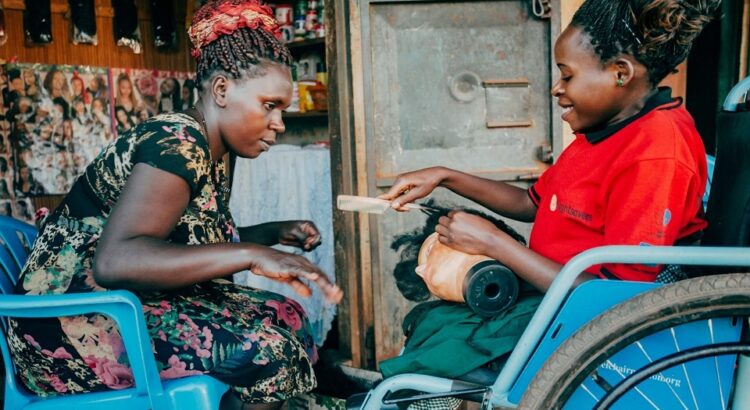


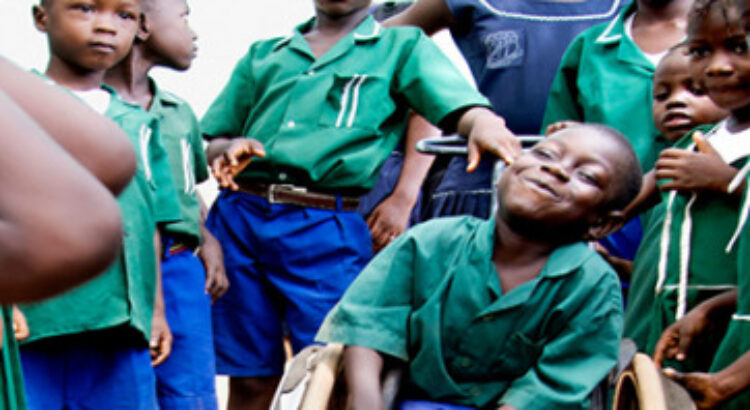

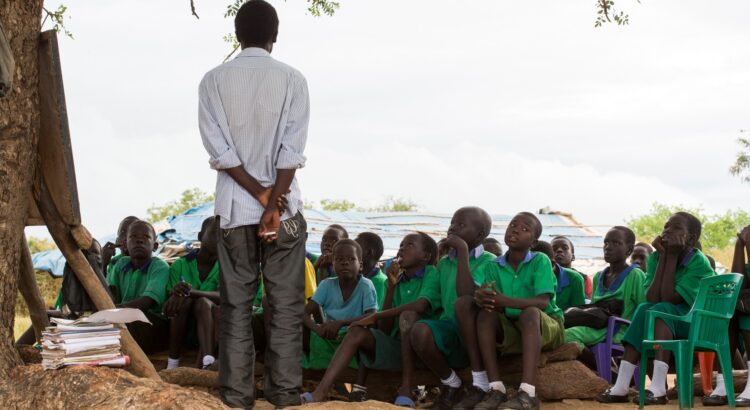


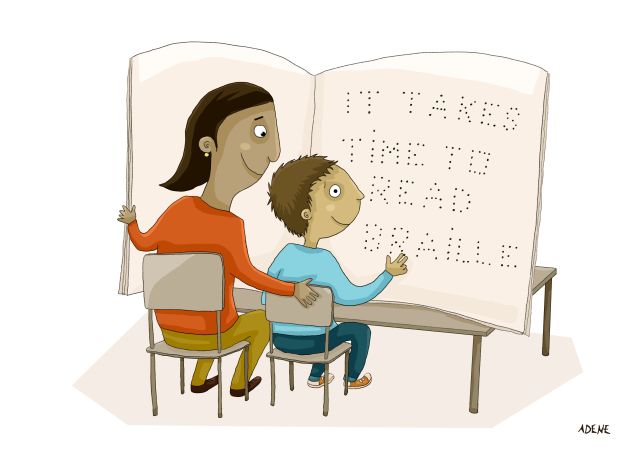

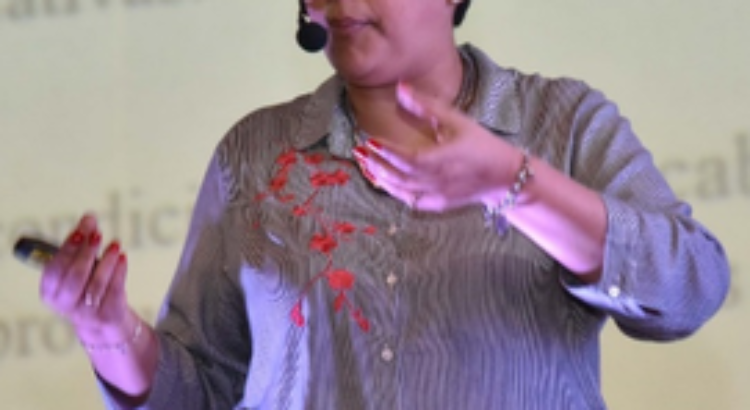
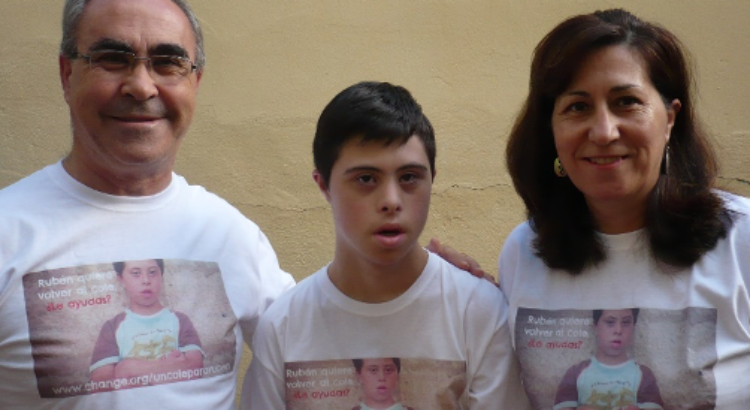






 Users Today : 190
Users Today : 190 Total Users : 35459785
Total Users : 35459785 Views Today : 350
Views Today : 350 Total views : 3418322
Total views : 3418322